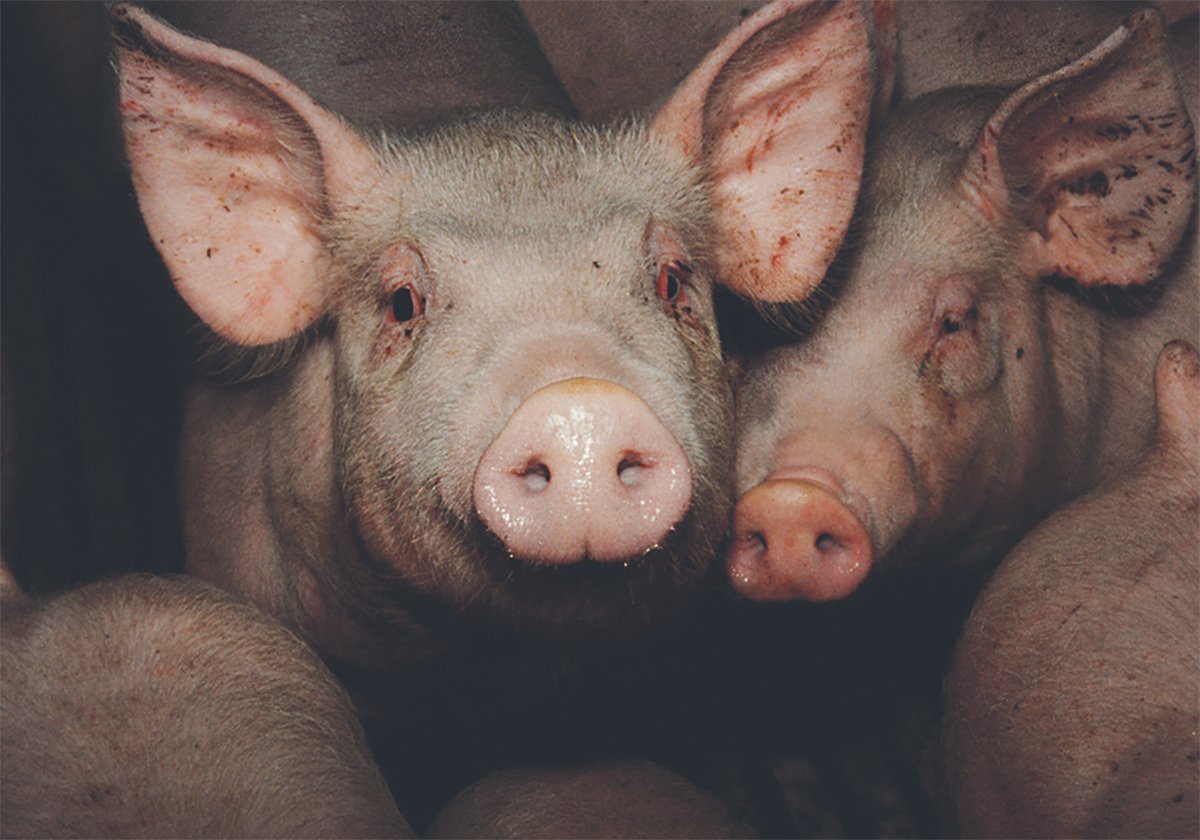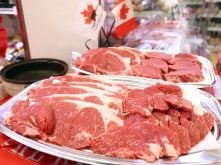North America needs harmonized animal health standards to eliminate trade barriers and ensure livestock remain healthy, says a Canadian Food Inspection Agency official.
Francine Lord said that while BSE regulations are at the forefront, other health issues require equal attention from Canada, the United States and Mexico.
“Each country makes its own decisions and arrives at conclusions individually.”
She said a trilateral working group formed by the meat industry and governments is trying to change that by meeting regularly to harmonize continental health standards. The standards may not be precisely the same, but will be equal.
Read Also

The Western Producer Livestock Report – October 30, 2025
Western Producer Livestock Report for October 30, 2025. See U.S. & Canadian hog prices, Canadian bison & lamb market data and sales insights.
One of the first goals is to develop a uniform North American BSE policy. Later this spring, Lord said, the countries will jointly ask OIE, the world animal health organization, to categorize Canada as a minimal risk country for BSE.
The trilateral group members have agreed to share scientific research and information about the handling and disposal of specified risk material such as brains and spinal column tissues, which are thought to be the main way to transmit BSE.
The group wants a continuation of BSE surveillance and testing methods that are proportionate to the size of each country’s livestock population, as well as measures to maintain consumer confidence in beef.
Mexico is testing at a minimum level because it is technically provisionally free of BSE, but it must be part of the overall agreement on how much testing needs to be done. The U.S. is considering testing up to 260,000 head while Canada plans to expand to 30,000 head per year.
“They (Mexico) are a major player in determining how we are going to treat ourselves in North America, given that they are in a position to request of the U.S. what the U.S. is asking of us,” said Rob McNabb of the Canadian Cattlemen’s Association.
“When we talk about North America and how we want to have a North American industry, it includes all three countries,” he said.
A recent animal health breakthrough for Canada and the U.S., was the agreement to permit American feeder cattle from 39 states to enter approved Canadian feedlots year-round without testing for the livestock diseases anaplasmosis and bluetongue.
Historically, U.S. feeder cattle imported into Canada during the summer from all American states had to be tested for anaplasmosis and bluetongue. The cost of the tests made these cattle less competitive in the marketplace. Americans said the testing requirements for these insect-borne diseases were an artificial trade barrier not based on scientific evidence.
Mock disasters are also being conducted trilaterally to measure whether Mexico, Canada and the U.S. could cope with an epidemic such as a foot-and-mouth outbreak.















